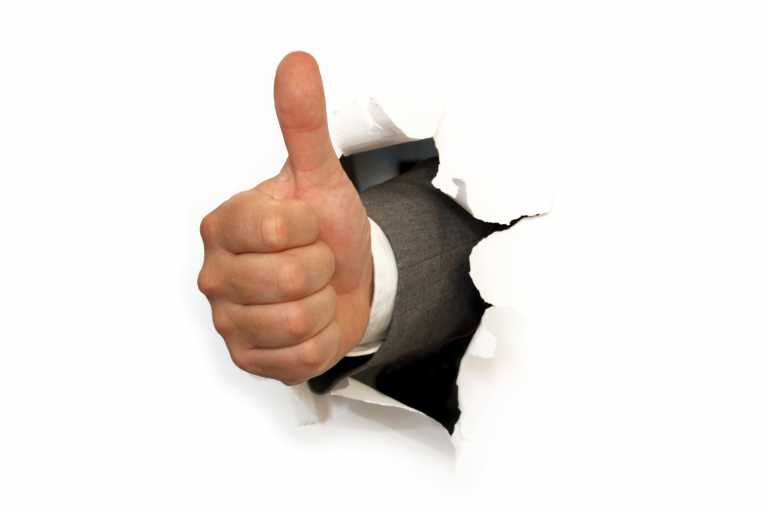Cassandra was the mythical ancient Greek prophet who could see the future but was cursed never to be believed. Central to Alan AtKisson's hopeful new book, Believing Cassandra: How to be an Optimist in a Pessimist's World, is the idea that there are optimistic ways of seeing the multiple problems that humanity is facing today and for the foreseeable future, and optimism is the wellspring for action.
In his recent lecture at the prestigious London School of Economics (LSE) he asked the audience wryly how many pessimists they knew that followed through on things to make peoples' lives better. If you believe Cassandra's prophecies will come true, shouldn't you act on them to save yourself a lot of grief later?
The new book is a completely updated version of his previously-published eco-best-seller from 1999. It takes his - and Al Gore's - environmental journey forward to today. What makes this different from most eco-texts is it is also a classic self-help quest. AtKisson tells amusing anecdotes which relate to his environmental awakening, and also Al Gore's, whose path he often crosses as they both try to work with the compromises inevitable in trying to make environmental improvements in a pragmatic way.
A key message of the book is that it is not ourselves that are to blame - but the systems we live under, which were set in motion well before we were born. But we can affect the dynamics of the system to direct it into a more positive route. He writes about how Innovators, Change Agents and Transformers can make a difference.
Towards the end of the book in the chapter Proof of the Possible, he outlines several enormously positive initiatives which are transforming their peoples' lives for the better. The village of Gaviota in Colombia is a wonderful example of a community pulling together to do things cheaper, better, more ecologically, creatively and profitably, "They export many products including lightweight windmills (called 'gaviotas' now by many Colombians), super-efficient pumps and pine resin, with minimal impact on Nature, through well-developed marketing channels. They have been trying to be a model for village development throughout the so-called Third World.... and they are succeeding, despite the fact that civil war is raging constantly around them."
Among other projects he mentions city planning in Curitiba, Brazil, which has transformed the business and public transport capacity while diminishing pollution: "All this innovation was done on the cheap. Creativity, ingenuity and passion substituted for money."
In his former home city of Seattle, he shows how he and a group of dedicated activists pioneered "sustainability indicators" and through dialogue with the other important players in the city, got them to endorse what has become a norm for local government and business - the recognition that sustainability plays an integral part in urban functioning; something that was unheard of before.
His conclusion is that there are enough dedicated people in the world to face the enormous challenges ahead and build a better world. A different one, perhaps, but one that is going to reduce and hopefully reverse the damage that we are doing to our only planet.
During the lecture he told the audience about the Swedish concept of Lagom. This means not having too little, nor too much, but having enough that is "exactly right". If we all practiced this, we would be well on the way to sustainability already.
To find out more about the book: www.earthscan.co.uk/atkisson










